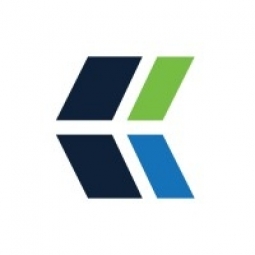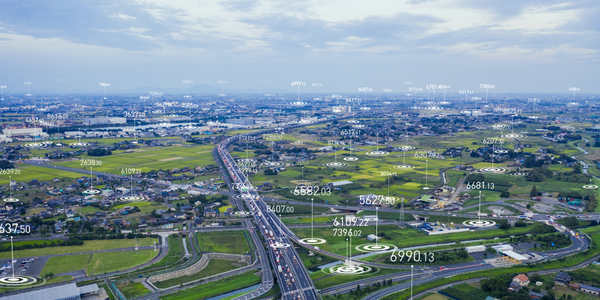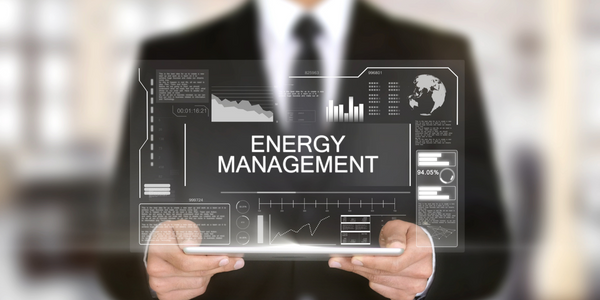SupErChArgEd ESg rEporting: Exemplifying transparency through robust technology & reporting frameworks

公司规模
Large Corporate
地区
- America
国家
- United States
产品
- Conservice ESG platform
技术栈
- Data Tracking System
- Data Analytics
实施规模
- Enterprise-wide Deployment
影响指标
- Environmental Impact Reduction
- Brand Awareness
技术
- 分析与建模 - 数据即服务
适用功能
- 商业运营
用例
- 能源管理系统
- 监管合规监控
服务
- 数据科学服务
关于客户
RPAI is a real estate investment trust (REIT) that owns and operates high-quality, strategically located open-air shopping centers, including properties with a mixed-use component. The company is headquartered in Oak Brook, IL, and is focused on providing a hands-on approach with their tenants while delivering a best-in-class experience for their guests. RPAI aims to generate long-term shareholder value through the ownership, operation, mixed-use expansion, and redevelopment of high-quality, retail-driven assets. The company's portfolio includes 102 retail operating properties encompassing approximately 20.0 million square feet of space, which is predominantly located in 10 major metropolitan areas throughout the United States.
挑战
RPAI, a real estate investment trust (REIT) that owns and operates high-quality, strategically located open-air shopping centers, sought to enhance their ESG (Environmental, Social, Governance) disclosures. The company wanted to provide comprehensive, fair, accurate, timely, and understandable outcomes designed for regulatory agencies and other public communications. However, they faced uncertainty on how to efficiently disclose the full scope of their environmental data, including energy, water, and waste data, as well as effectively communicate their ESG accomplishments. Until this point, RPAI had been utilizing quarterly investor presentations and earnings calls as platforms to showcase their ESG efforts and had compiled data via manually tracked company utility logs. They wanted to move beyond the ISS benchmarking tool they’d been using and create a more structured reporting scope.
解决方案
RPAI engaged Conservice to utilize their ESG platform to focus on quantitative performance metrics and create and implement a robust, strategic, long-term road map centered on the company’s qualitative initiatives. The platform enabled the company to begin tracking a baseline of metrics including energy and water consumption, greenhouse gas emission data, and more. RPAI embraced Conservice’s digital tracking system and easy-to-use dashboards, which provided instant, up-to-date, in-depth reporting and analytics. Conservice also helped RPAI conduct its first materiality assessment to determine the topics that best reflect the company’s impacts and how they influence the decisions of their stakeholders. They created a list of potential material topics based on industry standards and peer benchmarking and engaged stakeholders, senior leadership teams, and board members to rank the importance of each issue to them, as well as its potential impact on RPAI.
运营影响

Case Study missing?
Start adding your own!
Register with your work email and create a new case study profile for your business.
相关案例.

Case Study
Remote Monitoring for Environmental Compliance
Emerson wanted to provide a connected environmental analyzer to their customers. They wanted to leverage IoT technologies to provide a software solution that was easy to use, real-time and centralized. Compliance with pollution control board guidelines and the ability to remotely calibrate and troubleshoot these devices was the primary objective. Requirements - Centralized Remote Monitoring. - IoT Based Smart Environmental Analyzers. - Remote Calibration and Troubleshooting. - User Friendly Application. - Reporting & Dashboards. - Compliance with pollution control board guidelines.

Case Study
Driving Network Efficiency and Fraud Detection Efforts
Baltimore Gas and Electric Company (BGE) wanted to optimize the deployment and ongoing health of its advanced metering infrastructure (AMI) network and identify and reduce unbilled energy usage. BGE wanted a solution to deliver an annual economic benefit of $20 million.

Case Study
IoT based Energy Quality Availability Monitoring Solution
There were several challenges faced:Since this data would be in the public domain, accuracy and authenticity of this data were of paramount importance. It should be able to withstand scrutiny.It is challenging to build an appliance that can withstand a wide range of voltage fluctuations from as low at 90v to as high as 320v. Since the device would be installed in remote locations, its resilience was of paramount importance.The device would have to deal with poor network coverage and have the ability to store and re-transmit data if networks were not available, which is often the case in rural India. The device could store up to 30 days of data.The platform that deals with the data should be readily available and highly reliable and never lose a packet of data.

Case Study
ELI LILLY ADOPTS MICROMEDIA’S ALERT NOTIFICATION SYSTEM
Pharmaceutical production is subject to a strict set of enforced rules that must be adhered to and compliance to these standards is critically necessary. Due to the efforts of WIN 911’s strategic partner Micromedia, Lilly was able to adopt an alarm notification infrastructure that integrated smoothly with their existing workflows and emergency hardware and protocols. These raw energy sources enable the industrial process to function: electricity, WIN-911 Software | 4020 South Industrial Drive, Suite 120 | Austin, TX 78744 USA industrial steam, iced water, air mixtures of varying quality. Refrigeration towers, boilers and wastewater are monitored by ALERT. Eli Lilly identified 15000 potential variables, but limitations compelled them to chisel the variable list down to 300. This allowed all major alarms to be covered including pressure, discharge, quantity of waste water discharged,temperature, carbon dioxide content, oxygen & sulphur content, and the water’s pH.
-Systems.png)
Case Study
Product Development for Power Line Communication (PLC/BPL) Systems
The client wanted to develop a product that can acquire data from their meter units installed at the consumer's premises. A system capable of acquiring, transferring and archiving the data had to be in place, replacing the existing traditional method which was error prone and expensive to operate. The system needed to be integrated with the existing Customer Relationship Management (CRM) system for increasing the operational efficiency.







